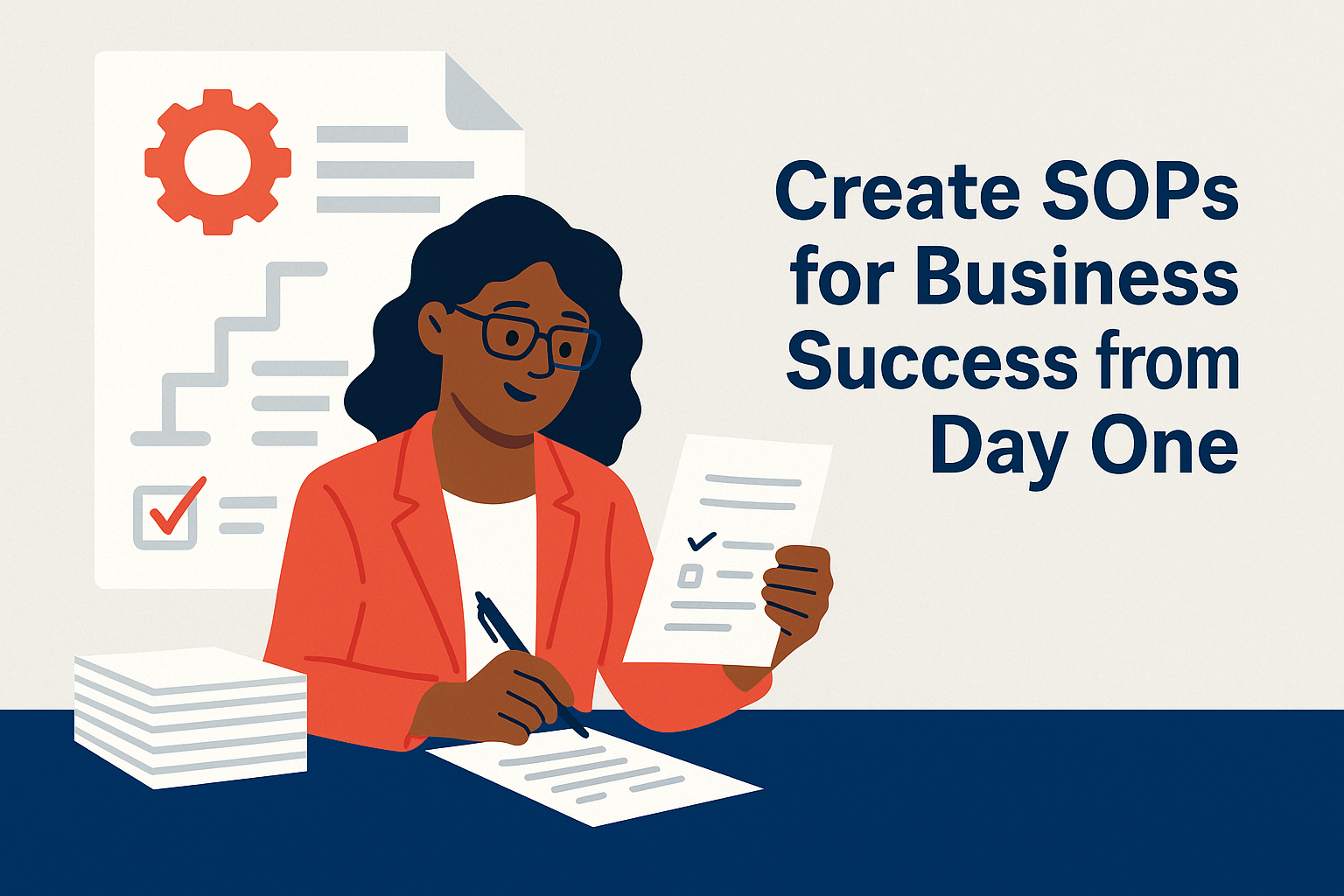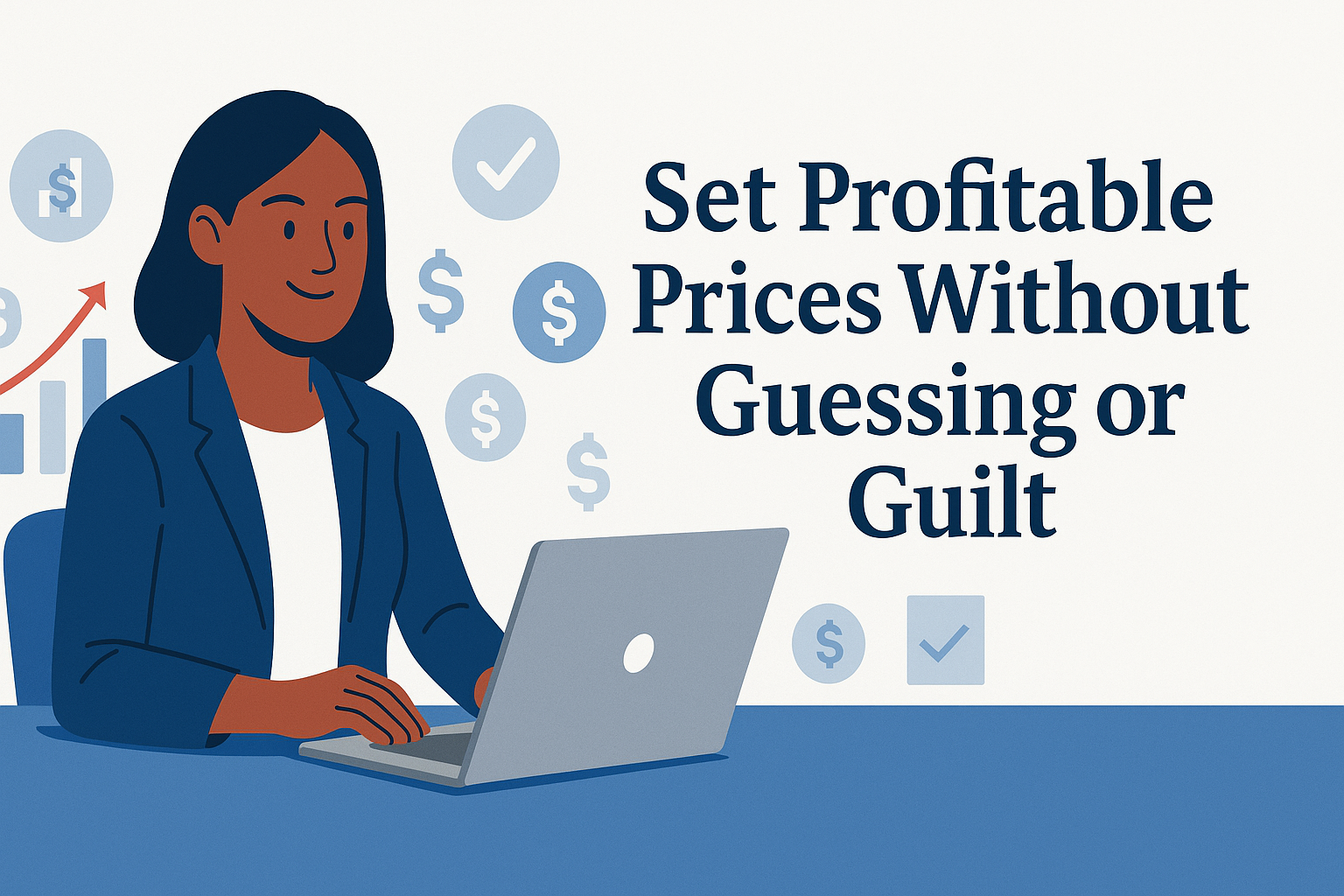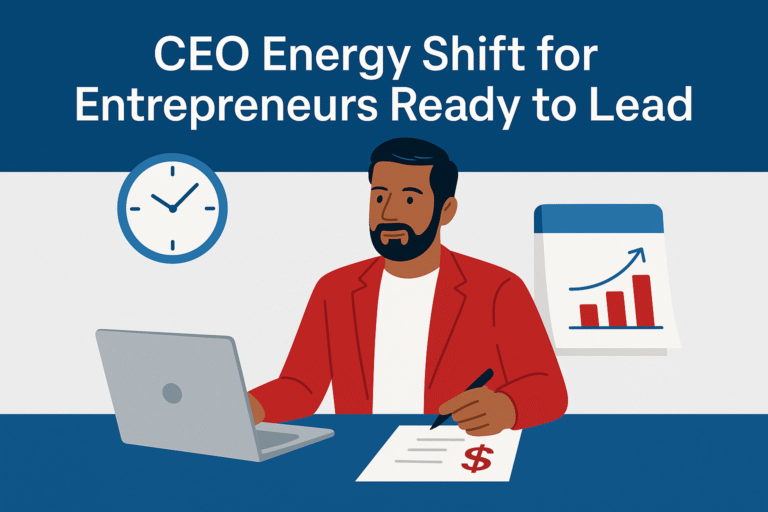Startup Saturdays
Most new founders don’t need a 40-page document—they need a lean startup business plan that helps them take action.
And yet, I get it. The pressure to have everything perfectly mapped out? It’s real. In my early days with Backbone America, I thought the only way to be taken seriously was to have a massive plan with forecasts and footnotes. Truth is, that plan sat in a drawer while I scrambled to figure out how to actually get clients. That’s when I discovered lean planning.
A lean startup business plan helps you focus on what matters: getting your offer into the world, fast—but with intention. It’s built for clarity, not complexity. Whether you’re validating an idea, pitching your service, or building your first productized offer, this approach helps you skip the noise and stay nimble.
This post breaks down what a lean startup business plan is, what to include, how to build one quickly, and how we help founders put it into motion.
What Is a Lean Startup Business Plan?
A lean startup business plan is a short, flexible blueprint focused on your most critical assumptions.
You’re not writing an academic paper—you’re mapping out the basics so you can test, revise, and move forward. It’s usually one page (two tops), and unlike traditional plans, it’s designed to be a living document.
The lean model was popularized by tech startups, but it works just as well for coaches, consultants, freelancers, and other service-based solopreneurs. Especially if you’re still juggling a day job or launching a side hustle.
The biggest shift? You’re planning based on real-world feedback, not sitting in your head trying to guess what might work. I still use this method today—adjusting my plan when something flops, refining my offers and pricing when the market shifts, and reevaluating how I reach potential clients. It’s not static. It’s strategy that grows with you.
What to Include in a Lean Business Plan
Here’s what actually belongs in a lean startup business plan—and what you can skip:
The Problem You Solve: What challenge does your audience face, and why is it worth solving?
For me, it was watching brilliant would-be founders stall out because no one helped them cut through the noise. That’s the gap I knew Backbone America could fill.Your Offer + Pricing Model: What are you selling? Who’s it for? How do you price it?
When I created the 31-Day Business Launch Assessment, I didn’t just think about the end product—I thought about the journey. If someone wasn’t ready to commit to a full launch, I offered tools to help them figure out what was holding them back. If they were feeling overwhelmed mid-way through, there were resources to help them stay organized. And for entrepreneurs short on time, I created done-for-you services to remove that barrier entirely. Pricing wasn’t just about profit—it was about matching the right solution to the right need.Your Channels: How will people find you? How will you deliver your product or service?
I started with organic marketing—blog posts like this, helpful emails, and a challenge funnel. Later, I layered in paid ads once I had proof the message landed. Plus I hired someone to help me with marketing, to help save me time and money.Milestones + Financial Assumptions: Keep this high-level. Think: launch goals, revenue targets, breakeven points—not a line-by-line budget. I didn’t map out every penny at first. I looked at: How many clients do I need to replace my paycheck? What’s my minimum monthly revenue? That gave me a starting point I could grow from.
You don’t need paragraphs. You need sharp thinking and a clear direction. That’s what gets your plan off the page and into motion.
Lean Does Not Mean Lazy—It Means Focused

When I first started Backbone America, I thought more planning would make things smoother. I kept trying to outline everything—offers, platforms, funnels, pricing tiers—before I ever tested a thing. I was drowning in “someday” details instead of focusing on what would move me forward right now.
What actually helped? Trimming the excess. Writing down only what I needed to take the next real step. Giving myself permission to figure out the rest later. It also helped me avoid burnout. Once I accepted that I didn’t have to do everything all at once—that I didn’t need the perfect plan to begin—I was finally able to launch and start growing. That shift in mindset changed everything.
This is especially true if you’re bootstrapping or starting part-time. A lean plan protects your time and energy. You stay light on your feet, ready to adapt as you learn what your market actually wants.
I’ve seen too many founders waste six months building a “perfect” plan—only to discover their offer didn’t land. I’ve come very close to falling into that trap. Don’t do that to yourself.
Simple Tools to Create Your Lean Plan

When I started, I used the Google toolkit—Docs for outlining and Sheets for financial assumptions, keeping pretty much everything stored in Google Drive. That setup got me through the early days just fine. Later, when I subscribed to Zoho One, I transitioned to using WorkDrive, Writer, and Books to keep everything in one ecosystem.
The key? Use whatever tools feel easy and accessible—because that’s what you’ll come back to. A few tips to keep you focused on results instead of hung up on perfection:
Write like you’re explaining your idea to a friend
Revisit it monthly—what’s working, what’s not?
Don’t try to “finish” it in one sitting—one section at a time is plenty
The goal isn’t a polished document. It’s a plan that evolves as you grow.
From Idea to Execution—Bring Your Lean Plan to Life

You don’t need a binder full of fluff. You don’t need jargon. What you do need is a clear offer, a path to reach your people, and the commitment to keep iterating based on what you learn. This kind of planning helps you avoid overwhelm, move faster, and stay aligned with your long-term goals—even if you’re building your business part-time.
But if you’ve mapped things out and still feel stuck on how to get it all done, that’s where Business Launch Pro comes in. This done-for-you service is designed for first-time entrepreneurs who want expert support to bring their business to life—without getting bogged down in the technical details or overwhelmed by decisions.
With Business Launch Pro, you’ll receive:
 A 90-minute 1:1 strategy session to define your structure, ideal client, and customer journey
A 90-minute 1:1 strategy session to define your structure, ideal client, and customer journeyA done-for-you, professional business plan tailored to your goals and vision
Setup of one essential system—like CRM, scheduling, or email automation (via Zoho One)
Strategic startup guidance, including business registration support and financial tool resources
30 days of post-launch email support and a follow-up strategy session
Bonus lifetime access to the 31-Day Business Startup Challenge for continued growth
We help you take your lean plan off the page and into the real world—so you can launch smart, grow sustainably, and build with confidence.

 A 90-minute 1:1 strategy session to define your structure, ideal client, and customer journey
A 90-minute 1:1 strategy session to define your structure, ideal client, and customer journey




